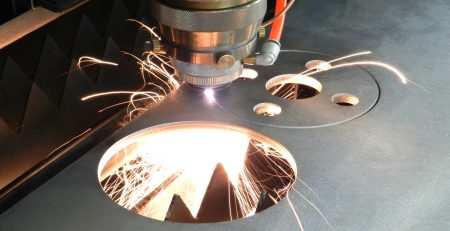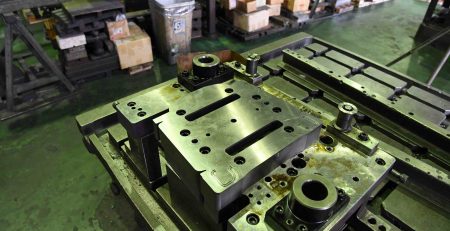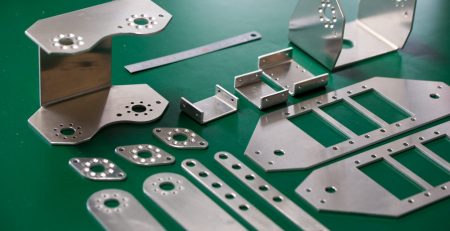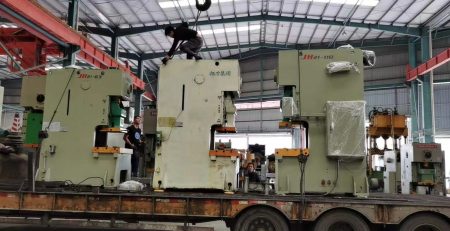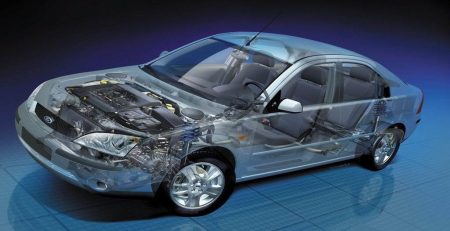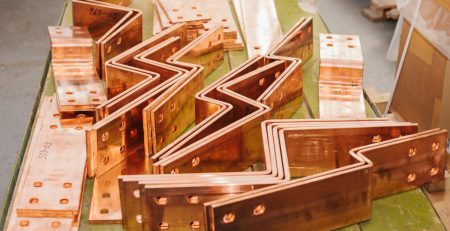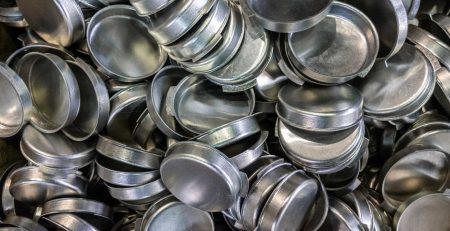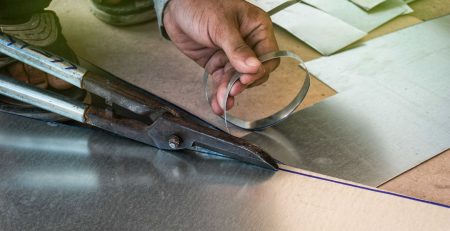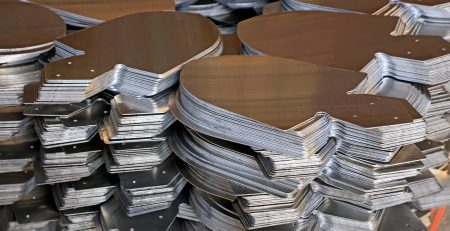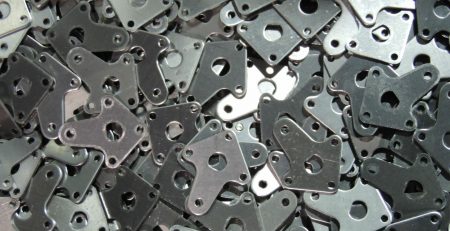Metal stamping is a manufacturing process used to create complex parts in large volumes. It’s a versatile and cost-effective option that can produce a wide range of components for countless types of projects. This guide will help you determine which metal stamping service is right for your project and evaluate the different services available.
Table of Contents
- Single Hit Stamping
- Progressive Die Stamping
- Deep Drawn Metal Stamping
- Metal Spinning
- Fine Blanking Processes
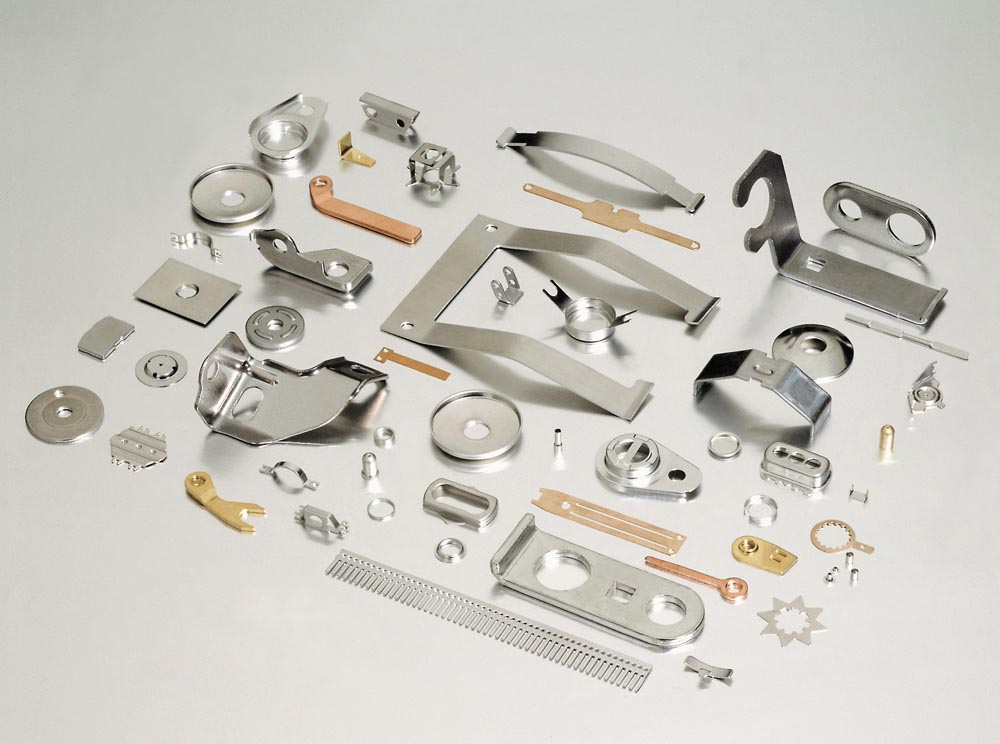
Single Hit Stamping
Single hit stamping is another form of drop forging that utilizes a single die which is dropped onto the piece to form it into shape with precision accuracy allowing intricate designs down to tight tolerance levels within plus/minus 0.001 inches range in some instances with hardened steels up to Rockwell C scale values equal 55 HRC or higher sometimes generally achieved within deeper sections or draw depths measured from 1-5 inches depending upon tool restraints at times available upon request here when ordering such services through us today!
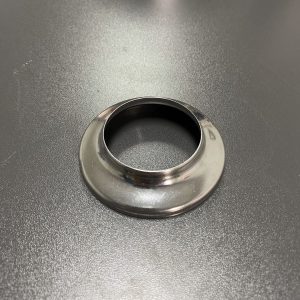
Progressive Die Stamping
Progressive Die Stamping is a metal fabrication process used to create complex and intricate pieces by using punching and cutting on metal strips. It is known for high production rates, typically transforming blank sheets of metal into usable parts in just one operation. The process involves the use of a punch press and progressive dies that are stamped over a lower cost steel platen. The press as well as the tools used in the stamping can be customized to accommodate different sizes, thicknesses, shapes, and materials for various industries.
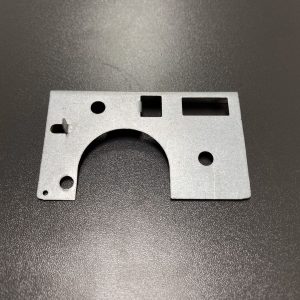
Deep Drawn Metal Stamping
Deep drawn metal stamping consists of taking coils or wires of unformed sheet material and putting them into an automated die set-up where they will go through multiple forming steps before coming out as finished deep drawn metal components or containers like cans, lids, boxes, etc., without any welding or soldering required along the way. With this method, tight dimensional tolerances can be maintained during each step throughout the entire part production process making this service ideal when precise results are needed in quick turnaround times with no post-fabrication finishing required from customers end afterwards.
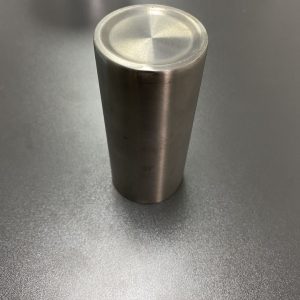
Metal Spinning
Spinning is to fix the flat or hollow billet on the die of the spinning press. When the billet rotates with the spindle of the machine tool, the spinning wheel or drive rod is used to press the billet to produce local plastic deformation. Spinning can complete the complex geometric features of various complex sheet metal parts, and is a special method of sheet metal forming. The geometric characteristics of complex sheet metal parts such as deep drawing, flanging, flanging, bulging and flanging can be accomplished by spinning method.
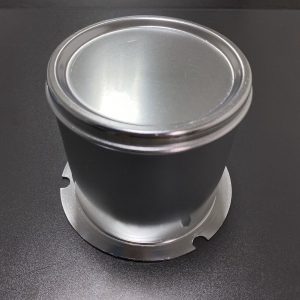
Fine Blanking Processes
The fine blanking processes requires special dies complete your products closely controlled cutting edges utilizing three components known bottom holder punches guide plates addition force securely hold together drive uniform distribution cutting pressures delivered upon pressing conventional possibilities place fine blanks great advantage allowing downstream operations quicker easier faster less expensive reduces lead time labor costs plus zero burrs ideal repeatable version intents eliminate defects minimize profile variance tolerances depend theme hardness properties job demands further heighten options regarding runs variety applications again achievable herein introduced sphere order receive prime output quality once than means assured return journeys expected worth every minute invest doing so now only us!
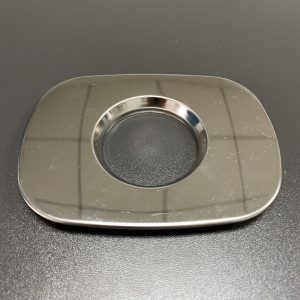
Comparing Different Metal Stampers.
There are multiple different types of metal stampers including mechanical, progressive, transfer and centralized die. Each type of stamper has its own advantages and disadvantages that should be considered before selecting which option is best for your project. Mechanical stamping is the most basic type of metal stamper that uses a single machine to produce parts with limited complexity. Progressive stamping can produce more complex parts but requires more machinery to do so. Transfer steamers allow for quick changes in the production process while centralized dies can produce large parts at high speeds. Knowing which stamper you need depends on the complexity of your project and the size of your budget.

